In this regular column, every day we look at the most interesting news that revolves around the California company Apple. Here we focus exclusively on the main events and selected (interesting) speculations. So if you are interested in current events and want to be informed about the apple world, definitely spend a few minutes on the following paragraphs.
Apple is preparing for the arrival of a redesigned iMac with an Apple Silicon chip
For quite some time now, there has been quite a lot of talk about the arrival of a redesigned 24″ iMac, which should completely replace the current 21,5″ version. It received the last update in 2019, when Apple equipped these computers with the eighth generation of Intel processors, added new options for storage and improved the graphics capabilities of the device. But a major change is expected since then. It could come as early as the second half of this year in the form of an iMac in a new coat, which will also be equipped with a chip from the Apple Silicon family. The Cupertino company presented the first Macs with the M1 chip last November, and as we all know from the previous WWDC 2020 event, the complete transition to Apple's own Silicon solution should take two years.
Concept of the redesigned iMac:
We also recently informed you that it is no longer possible to order a 21,5″ iMac with 512GB and 1TB SSD storage from the Apple Online Store. These are two very popular choices when buying this device, so it was initially assumed that due to the current coronavirus crisis and general shortages on the supply chain side, these components are simply temporarily unavailable. But you can still buy a version with 1TB Fusion Drive or 256GB SSD storage. But it is theoretically possible that Apple has partially discontinued the production of 21,5″ iMacs and is now carefully preparing for the introduction of a successor.
It could be interest you
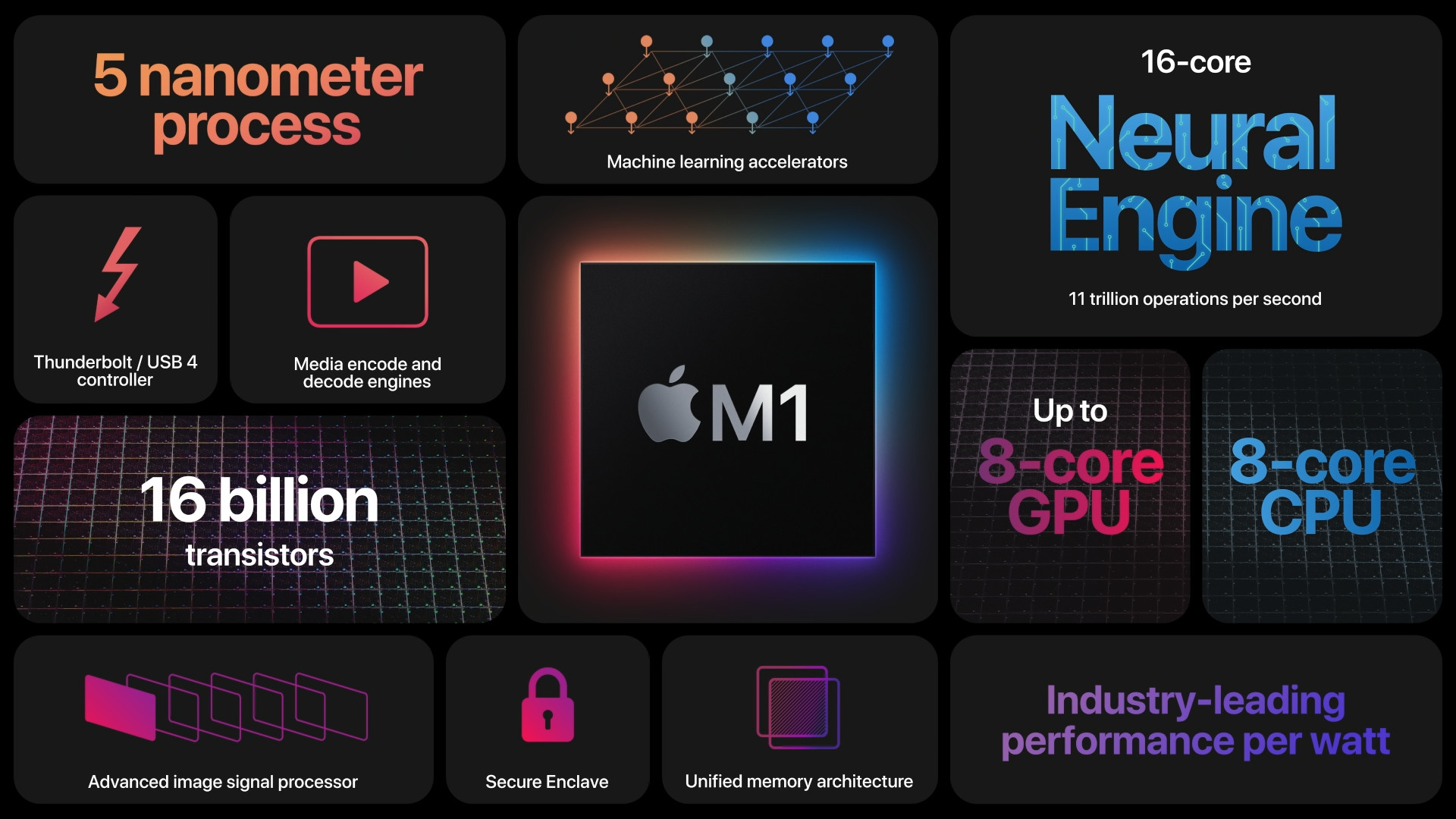
The first M1 chip from the Apple Silicon series arrived only in basic models, i.e. in MacBook Air, 13″ MacBook Pro and Mac mini. These are devices from which high performance is not expected, while the iMac, 16″ MacBook Pro and others are already used for more demanding work, which they have to cope with. But the M1 chip completely surprised not only the Apple community and raised a number of questions about how far Apple intends to push these performance limits. In December, the Bloomberg portal reported on the development of several successors to the aforementioned chip. These should bring up to 20 CPU cores, 16 of which will be powerful and 4 economical. For comparison, the M1 chip boasts 8 CPU cores, of which 4 are powerful and 4 economical.
A YouTuber created an Apple Silicon iMac from M1 Mac mini components
If you don't want to wait for the aforementioned redesigned iMac to arrive, you can get inspired by a YouTuber named Luke Miani. He decided to take the whole situation into his own hands and created the world's first iMac from the components of the M1 Mac mini, which is powered by a chip from the Apple Silicon family. With the help of iFixit instructions, he took apart an old 27″ iMac from 2011 and after some searching, he found a way to turn a classic iMac into an HDMI display, which was helped by a special conversion board.
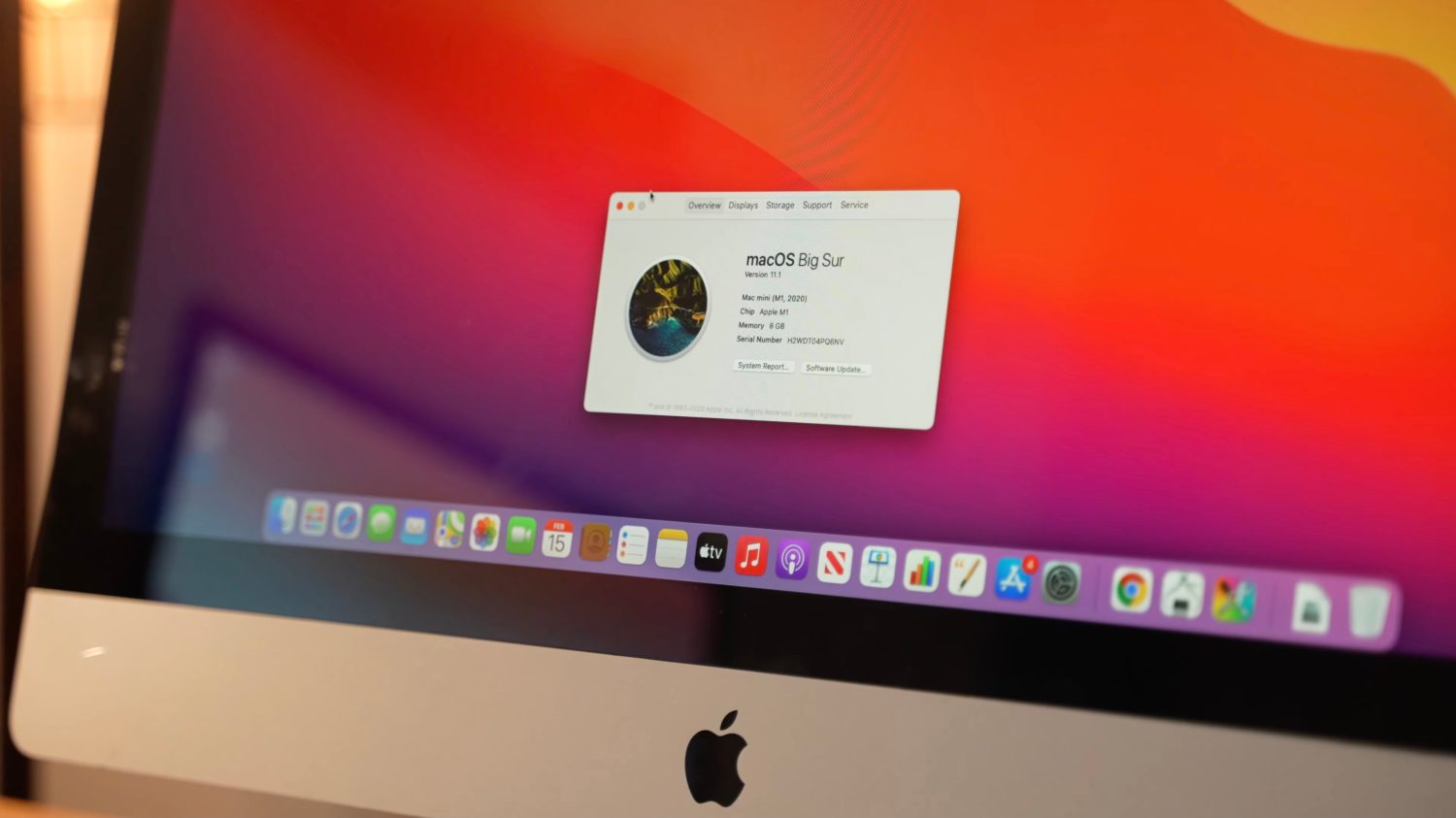
Thanks to this, the device became the Apple Cinema Display and the journey to the first Apple Silicon iMac could begin in full. Now Miani threw himself into disassembling the Mac Mini, whose components he installed in a suitable place in his iMac. And it was done. Although it looks amazing at first glance, of course it comes with certain limitations and disadvantages. The YouTuber noticed that he was barely able to connect the Magic Mouse and Magic Keyboard, and the Wi-Fi connection was extremely slow. This was due to the fact that the Mac mini is equipped with three antennas for these purposes, while the iMac installed only two. This deficiency, combined with the metal casing, caused extremely weak wireless transmission. Fortunately, the problem was subsequently resolved.
Another and relatively more fundamental problem is that the modified iMac practically does not offer any USB-C or Thunderbolt ports like the Mac mini, which is another huge limitation. Of course, this prototype is primarily used to find out if something similar is even possible. Miani himself mentions that the most surprising thing about all this is how the internal space of the iMac is now empty and unused. At the same time, the M1 chip is significantly more powerful than the Intel Core i7 that was originally in the product.
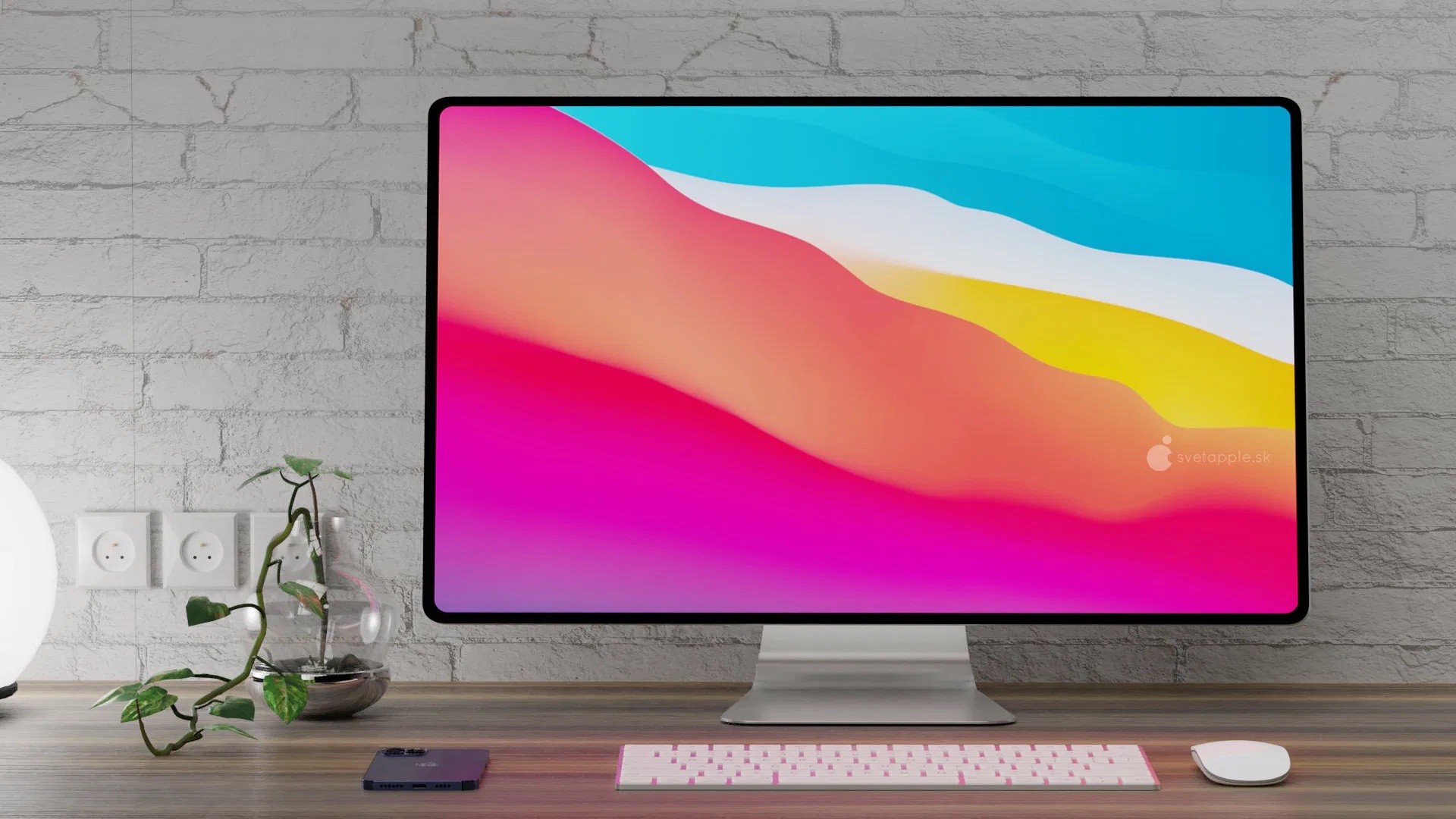
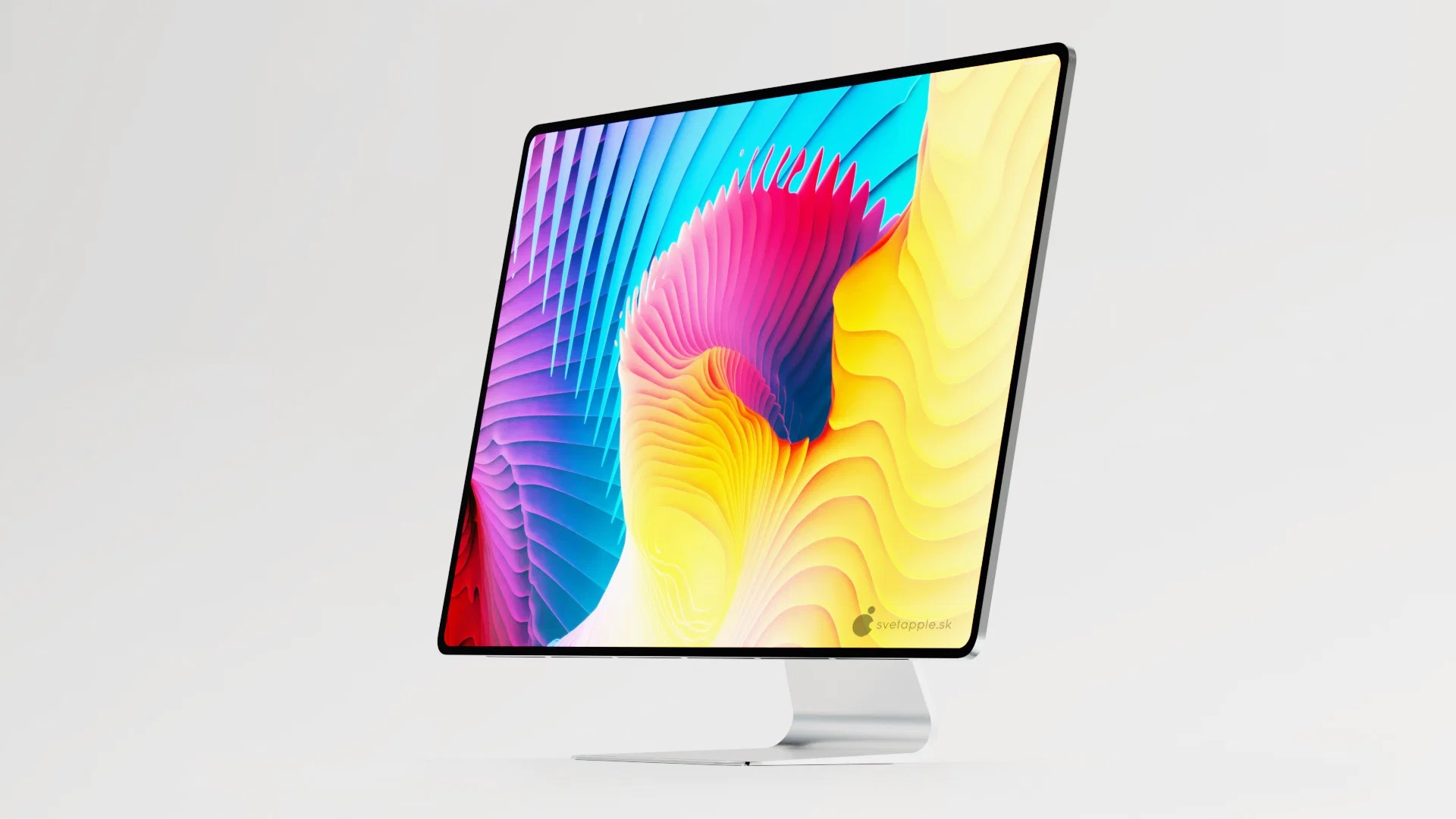
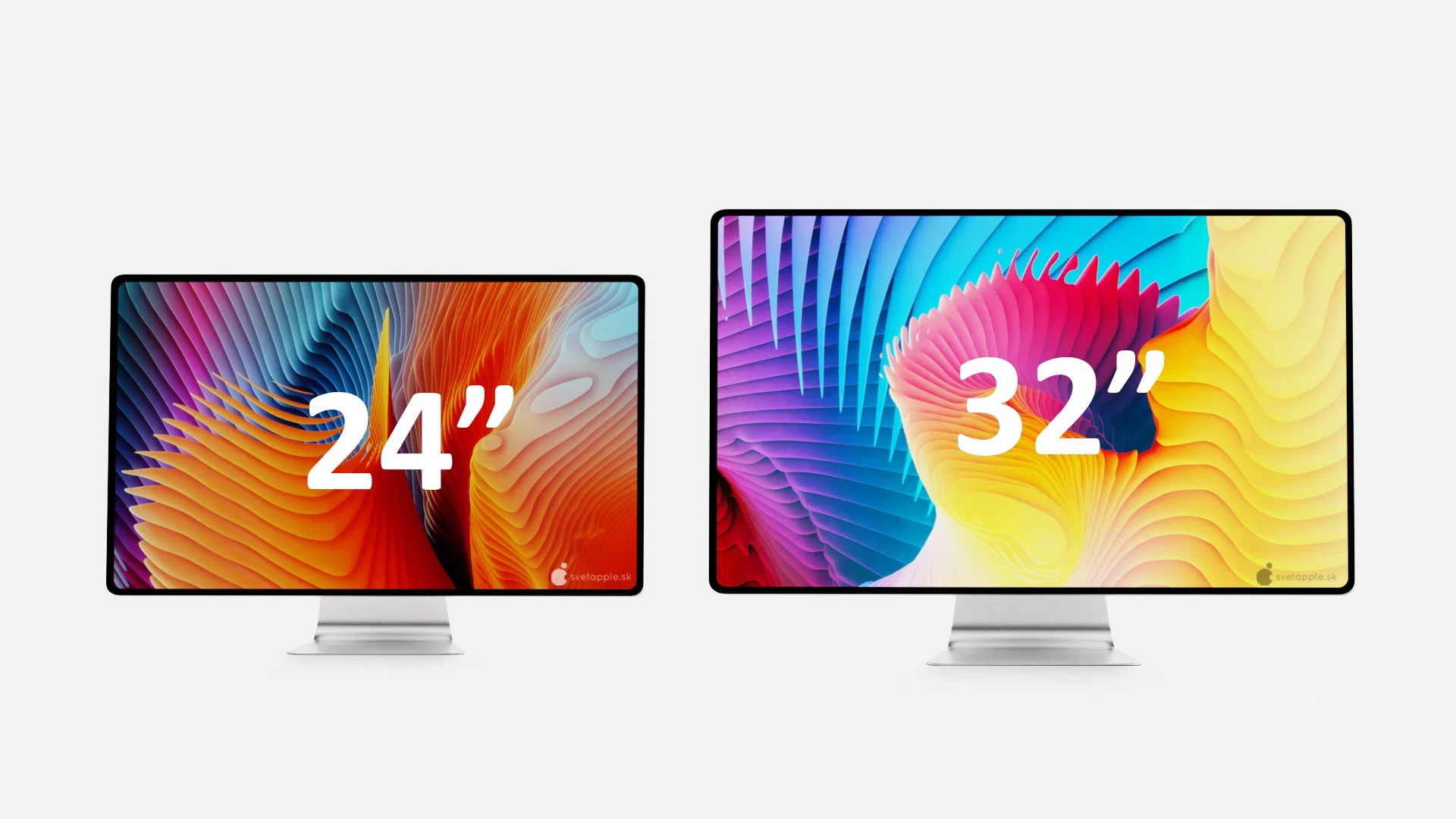

"Fortunately, the problem was subsequently resolved."
Well, it's really a clique like crazy, I wouldn't be able to sleep in peace if he didn't solve it. :)